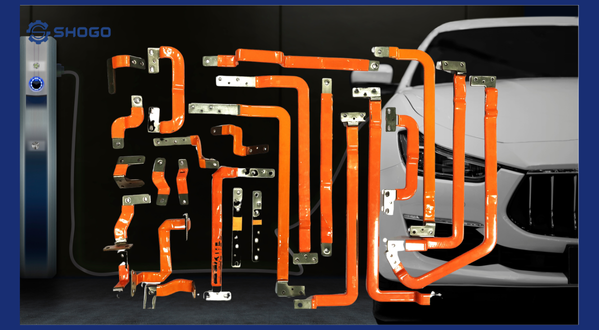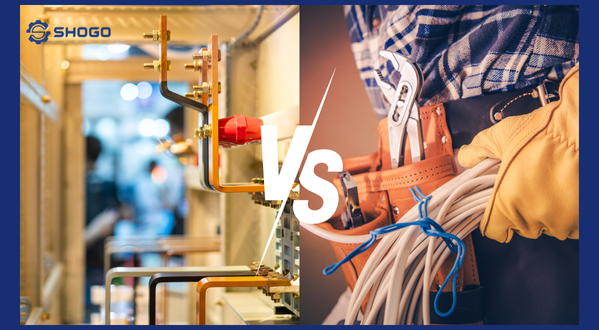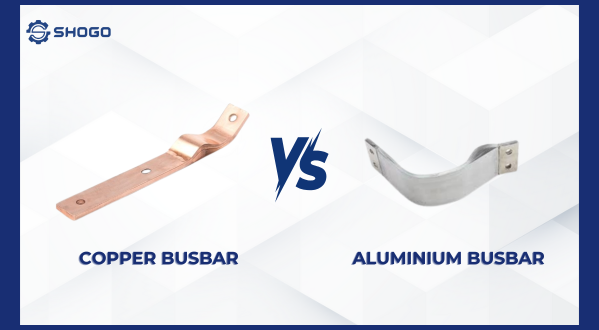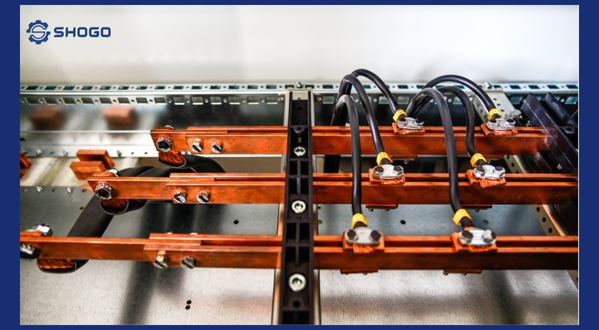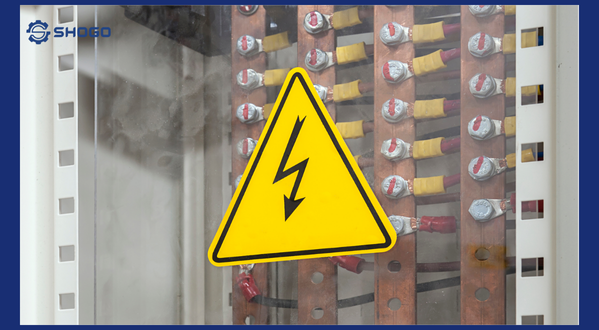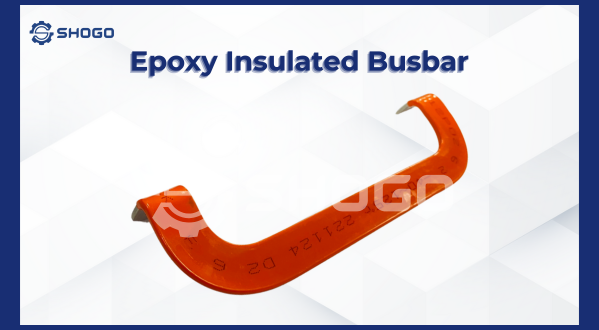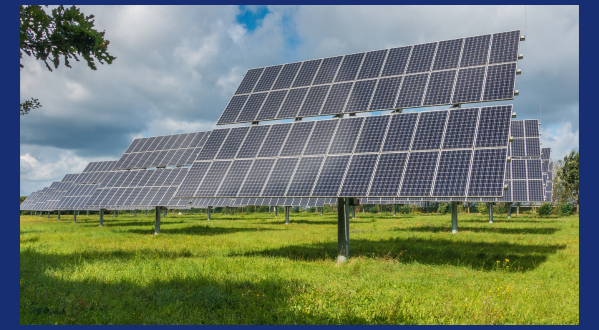
1. Introduction
Solar energy is increasingly becoming a popular renewable energy source, contributing to environmental protection and combating climate change. The solar power system includes many important components, in which the Busbar plays an essential role as an electrical “path”, connecting the panels together and delivering electricity to other electrical devices. This extensive article will provide you with detailed information about Busbars in solar energy systems, helping you better understand the functions, benefits, applications and factors to consider when choosing the right Busbar. fit.
2. What is Busbar?
Busbar or busbar is a conductive metal bar used to connect points of the same potential in an electrical system. In the solar power system, the Busbar is made of silver-plated copper, responsible for collecting current from the photovoltaic cells on the battery panel and transmitting it to the inverter. The busbar can be placed on the front or back of the panel, depending on the manufacturer’s design.
3. Structure and operating principle of Busbar
Busbars are made of conductive metal bars, usually made of copper or aluminum. The surface of the Busbar is plated with silver to increase electrical conductivity and corrosion resistance. These metal bars are connected together by welds or clamps, forming a conductive network.
When sunlight shines on the panel, photovoltaic cells will absorb photons and create direct current (DC). This DC current is transmitted to the Busbar through the fingers printed on the surface of the panel. The busbar collects current from multiple fingers and conducts it to an inverter, where the current is converted into alternating current (AC) to suit the needs of use.
4. How does the number of Busbars affect system performance?
The number of Busbars on the solar panel has a direct impact on the system’s performance. Usually, panels with many Busbars (such as 9BB, 12BB) will have higher performance than panels with fewer Busbars (such as 2BB, 4BB). The reason is because:
- Reduce power loss: When there are many Busbars, the current is divided into many smaller paths, helping to reduce resistance and limit power loss on the transmission line.
- Improved operational efficiency: Reducing power loss leads to increased efficiency in converting solar energy into electricity, helping the system generate more electricity.
- Increase load-bearing capacity: Multiple Busbars help disperse impact forces on the panels, increase load-bearing capacity and reduce the risk of cracking due to hot spot phenomenon.
5. Benefits of using Busbar in solar energy systems:
- Higher efficiency: As mentioned above, Busbar helps increase system performance, allowing you to generate more electricity from the same installation area.
- Higher reliability: Busbar helps minimize the risk of panel cracking due to hot spots, increasing system reliability and longevity.
- Reduced costs: Higher efficiency means you need fewer panels to generate the same amount of electricity, leading to savings in initial investment costs.
- Environmentally friendly: Higher efficiency helps you generate more electricity from the same amount of solar energy, helping to protect the environment.
6. Common types of Busbars in solar energy systems:
Currently, on the market there are two main types of Busbar used in solar energy systems:
- Flat Busbar: This type of Busbar is designed flat, helping to increase the area exposed to sunlight, thereby increasing energy collection efficiency. Flat busbars are often used in PERC (Passive Emitter Rear Contact) panels.
- Round Busbar: This type of Busbar is designed in a round shape, helping to minimize power loss due to the contact point between the Busbar and the finger. Round busbar is often used in the
- Multi-path busbar: This type of busbar has many parallel electrical paths, helping to increase load capacity and reduce the risk of cracked panels due to hot spots. Multi-path busbars are often used in high-power solar panels.
7. Factors to consider when choosing Busbar for solar energy system:
When choosing a Busbar for a solar power system, you need to consider some of the following factors:
- Number of Busbars: As mentioned above, the number of Busbars directly affects the performance of the system. You should choose a panel with the number of Busbars appropriate to your needs and budget conditions.
- Busbar type: Each type of Busbar has its own advantages and disadvantages. You should choose the type of Busbar that suits the type of panel and installation conditions.
- Panel capacity: Multi-path busbars are often used in high-power panels. If you use high-power panels, consider choosing a multi-path Busbar.
- Manufacturer brand: You should choose a Busbar from a reputable manufacturer to ensure quality and reliability.
8. Conclusion
Busbar is an important component in a solar power system, playing an essential role in optimizing system performance and reliability. Choosing the right Busbar will help you make the most of solar energy and save costs on your solar power system.





